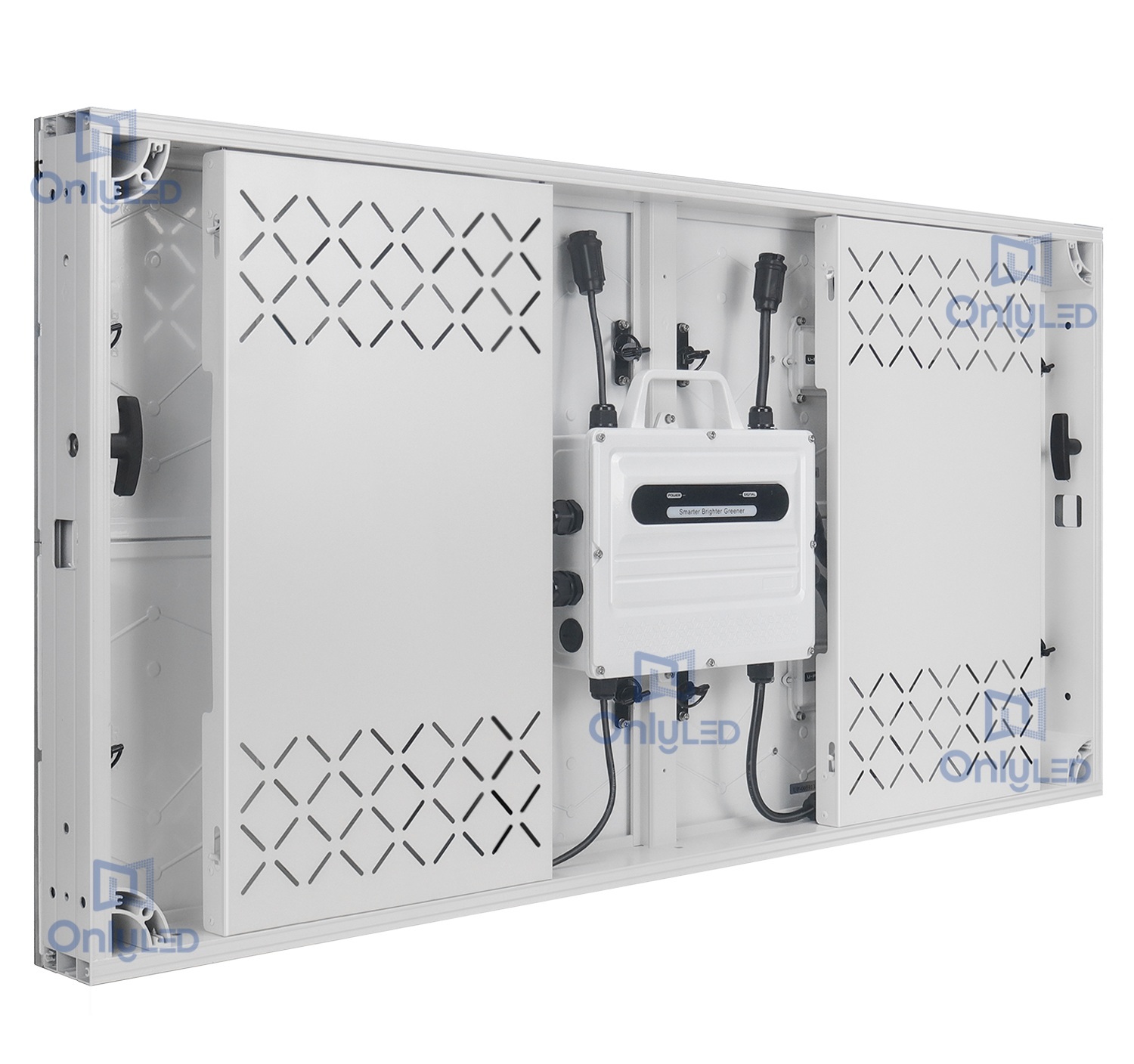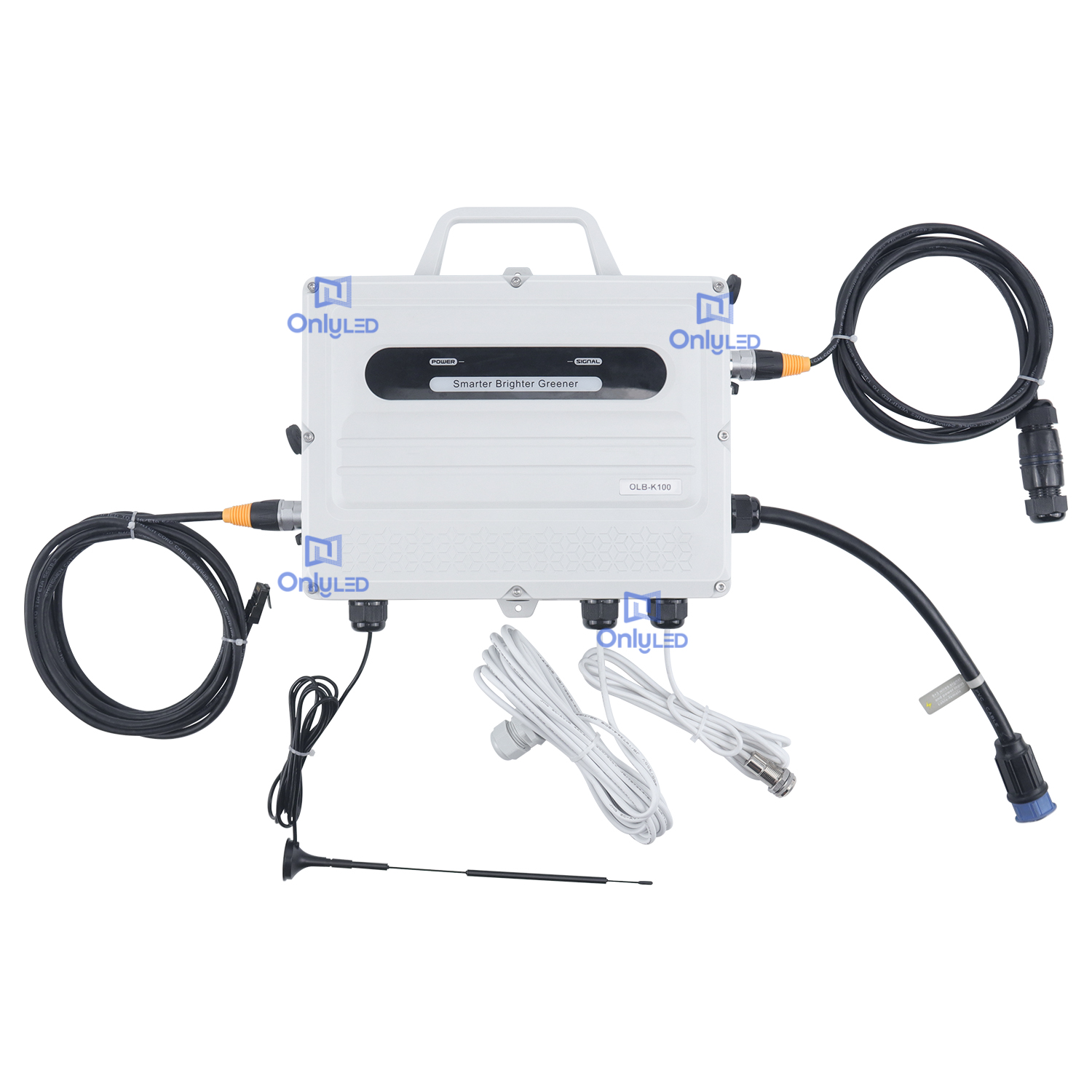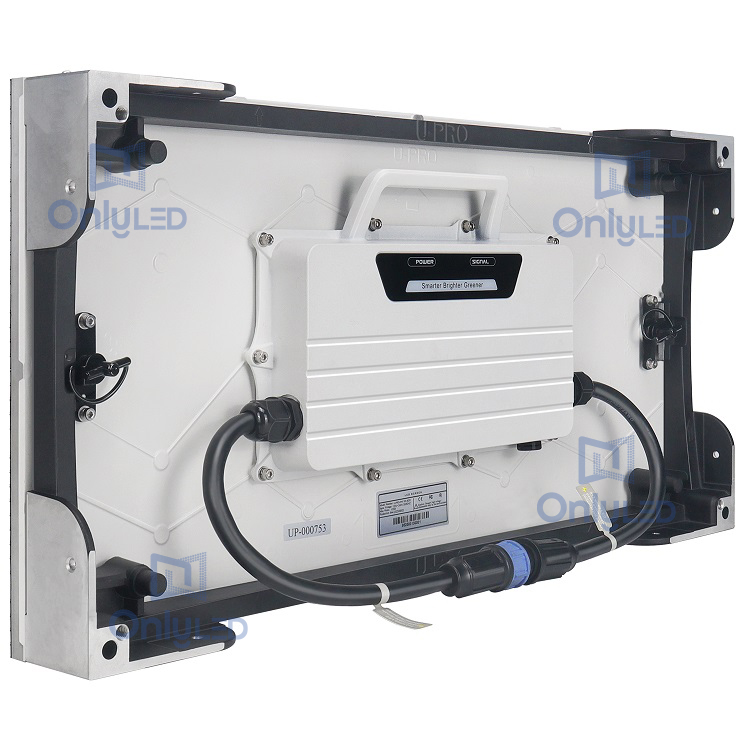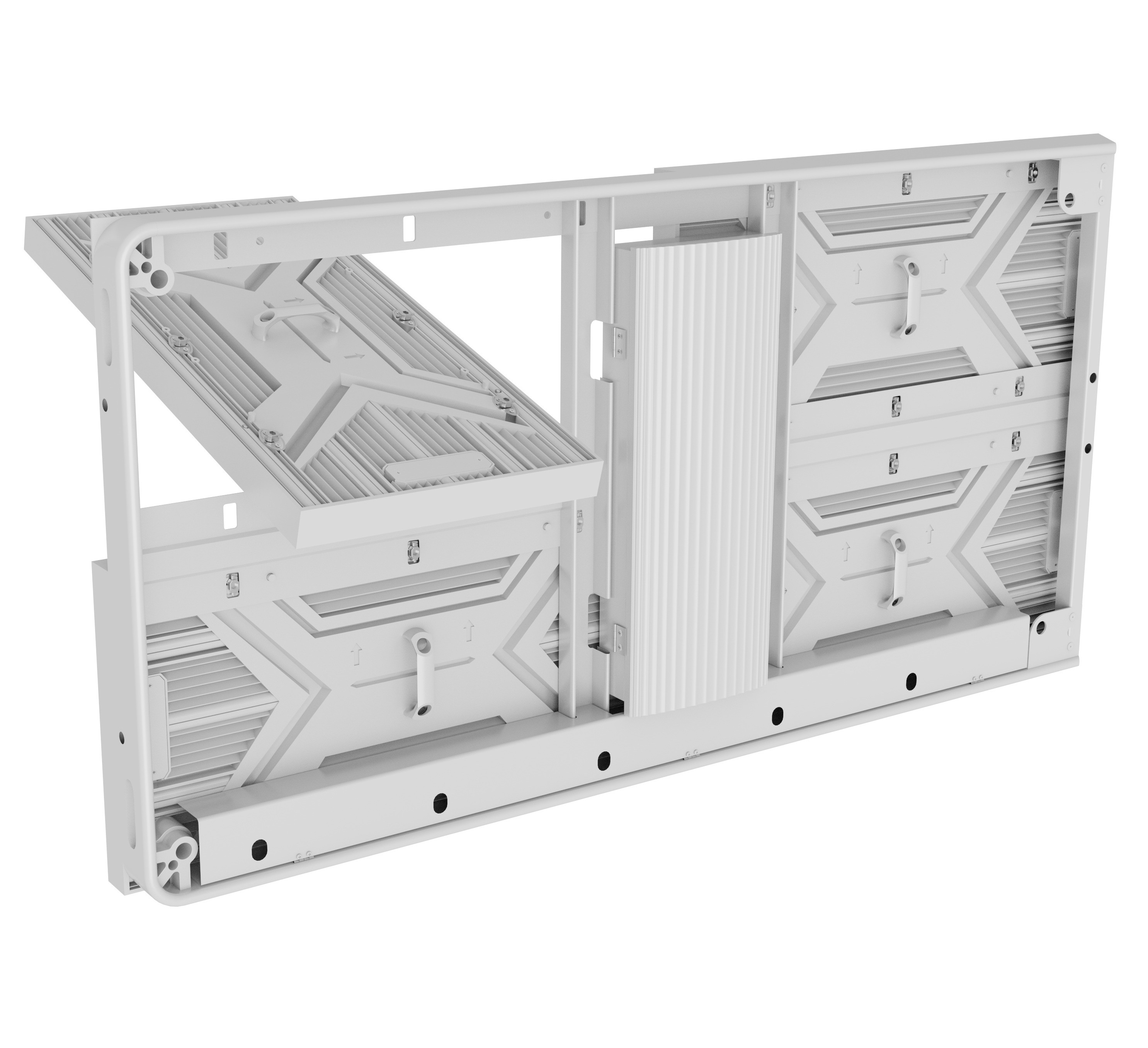Industry News
An In-Depth Look at Common Faults and Maintenance Methods
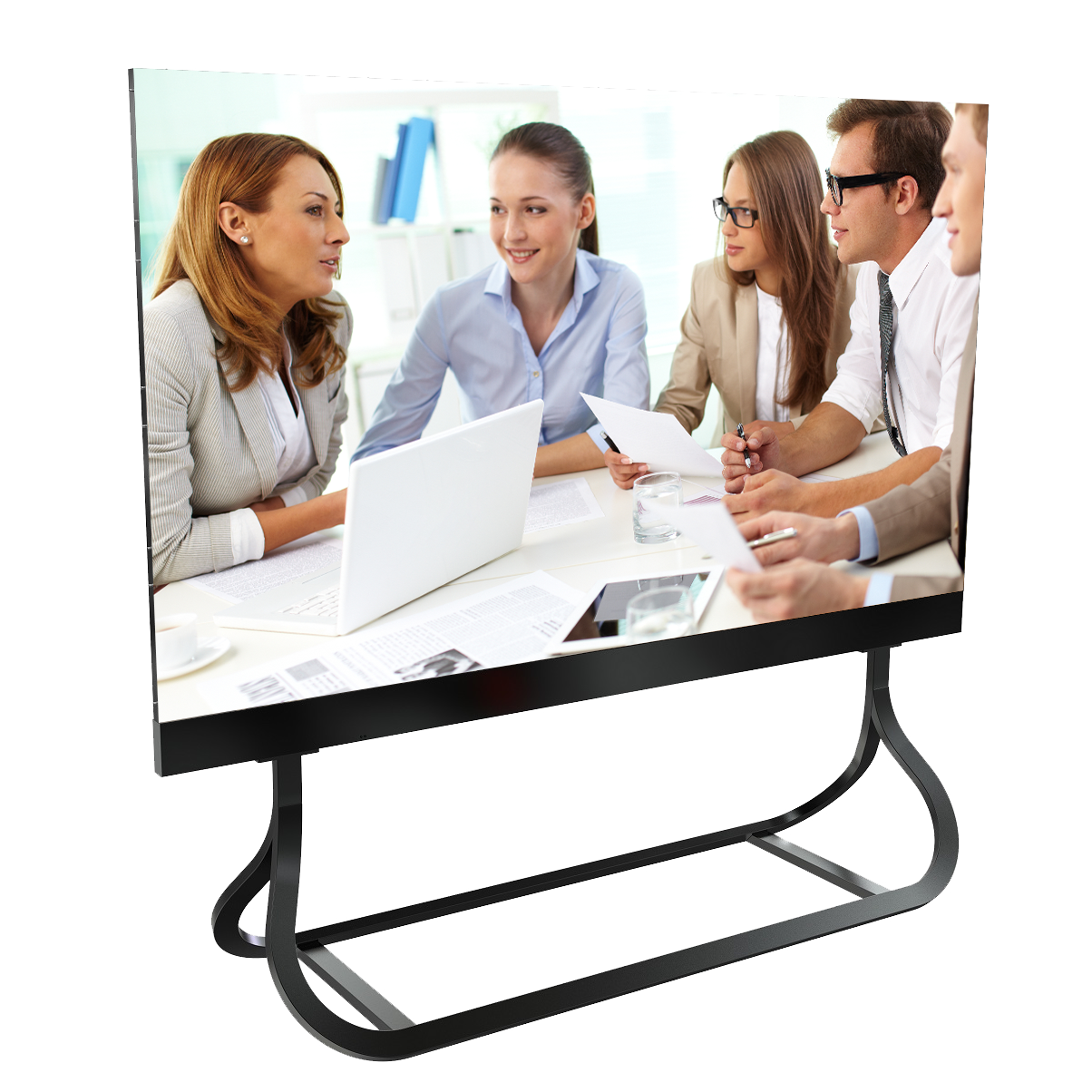
All-in-one screens have become a popular choice for businesses due to their convenience and versatility. However, like any electronic device, they are prone to faults and require regular maintenance. In this article, we will explore the most common issues that can arise with all-in-one screens and provide detailed solutions for each.
1. Screen Flickering
One of the common issues with all-in-one screens is screen flickering. This problem can be caused by several factors, including incompatible graphics drivers, incorrect display settings, or faulty hardware components.
To resolve this issue, first, check if the graphics drivers are up to date. If not, download and install the latest drivers from the manufacturer's website. Additionally, ensure that the display settings are correctly configured. Adjust the screen refresh rate and resolution to recommended values. If the problem persists, it might indicate a hardware fault, such as a loose connection or a failing backlight. In such cases, consulting a professional technician is recommended.
2. Touchscreen Not Responding
Another common problem encountered with all-in-one screens is the unresponsiveness of the touchscreen. This issue can be frustrating, especially when the touchscreen is a primary input method.
To troubleshoot this problem, first, clean the screen using a soft, lint-free cloth and ensure there are no physical obstructions on the surface. Restart the device to check if it resolves the issue. If not, update the drivers associated with the touchscreen. In some cases, recalibrating the touchscreen settings can also help. However, if none of these solutions work, it may indicate a hardware-related problem, and contacting customer support or a professional technician is advisable.
3. Overheating
All-in-one screens can sometimes suffer from overheating, especially during extended periods of use or in environments with poor ventilation. Overheating can lead to performance issues, system crashes, and even permanent damage to internal components.
To prevent overheating, ensure that the screen is placed on a flat and stable surface. Avoid blocking the vents and ensure that the surrounding environment has adequate airflow. Cleaning the vents and removing dust buildup regularly can also help improve heat dissipation. If the problem persists, consider using additional cooling solutions, such as external fans or cooling pads.
In summary, all-in-one screens provide numerous benefits but can encounter several common faults. By following the maintenance methods outlined above, users can effectively resolve these issues and ensure optimal performance from their all-in-one screens.

